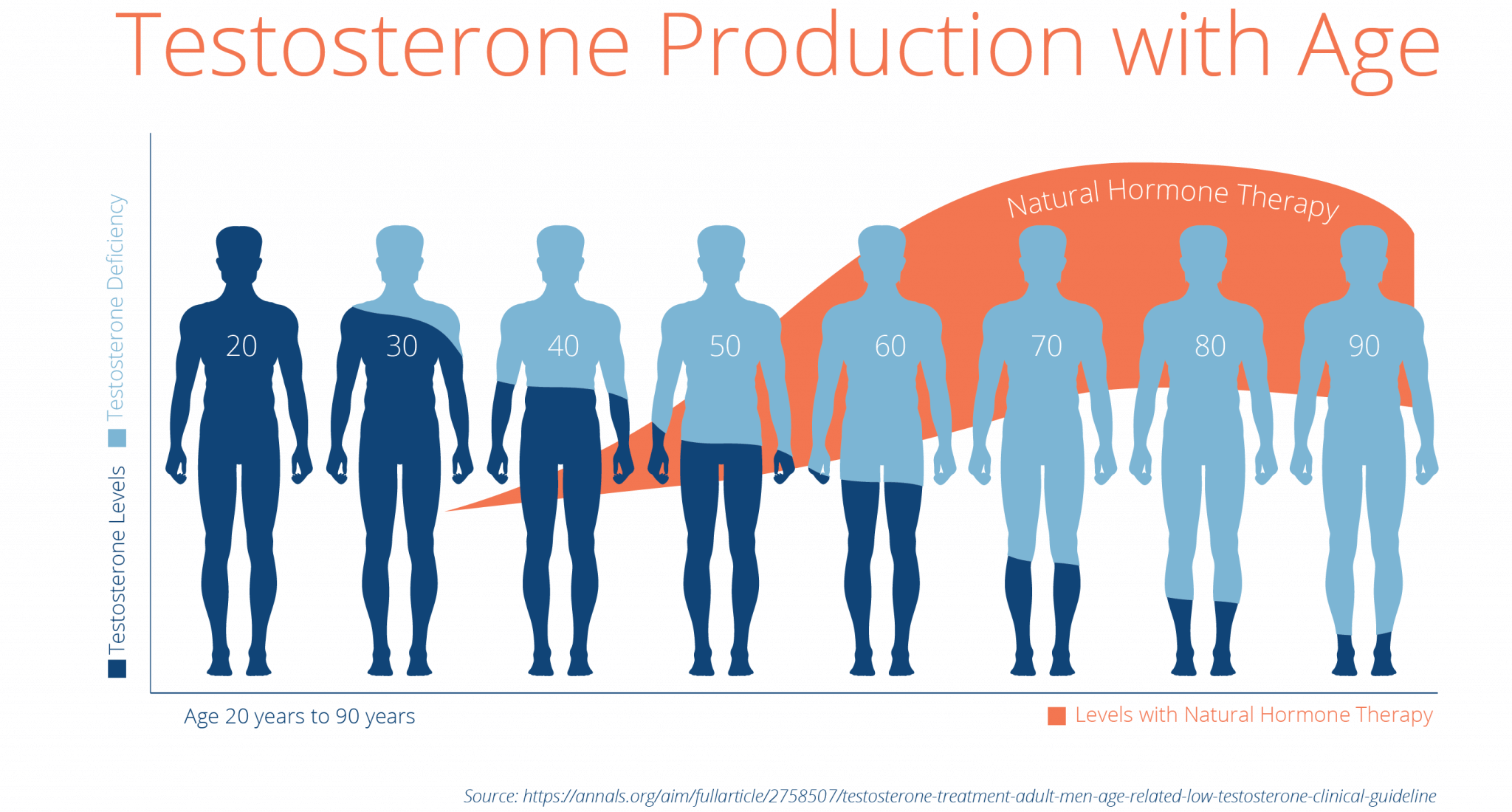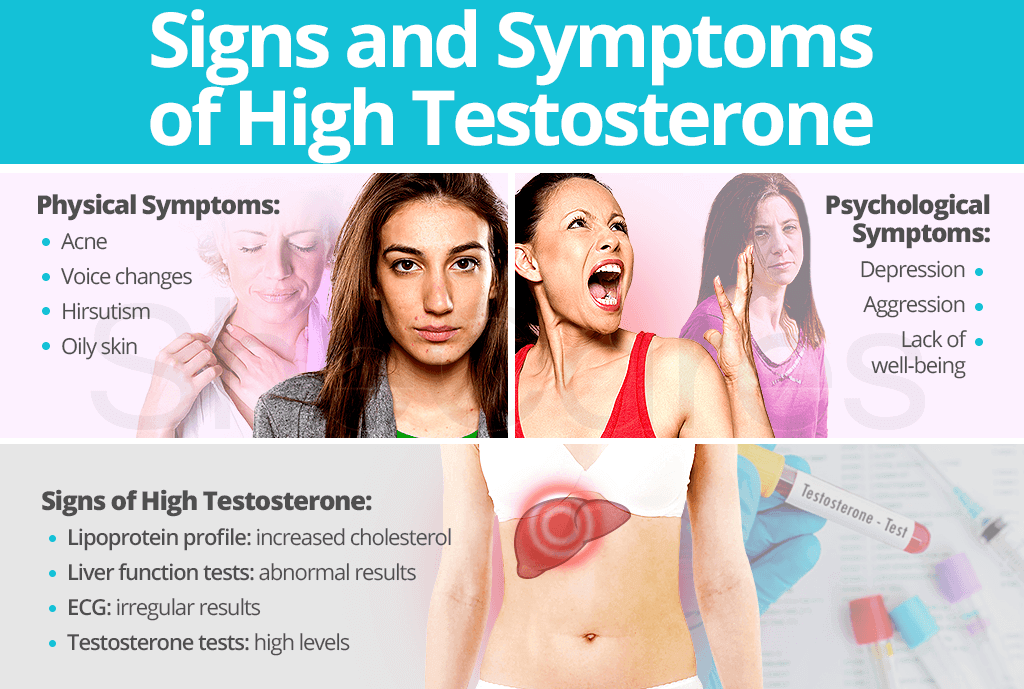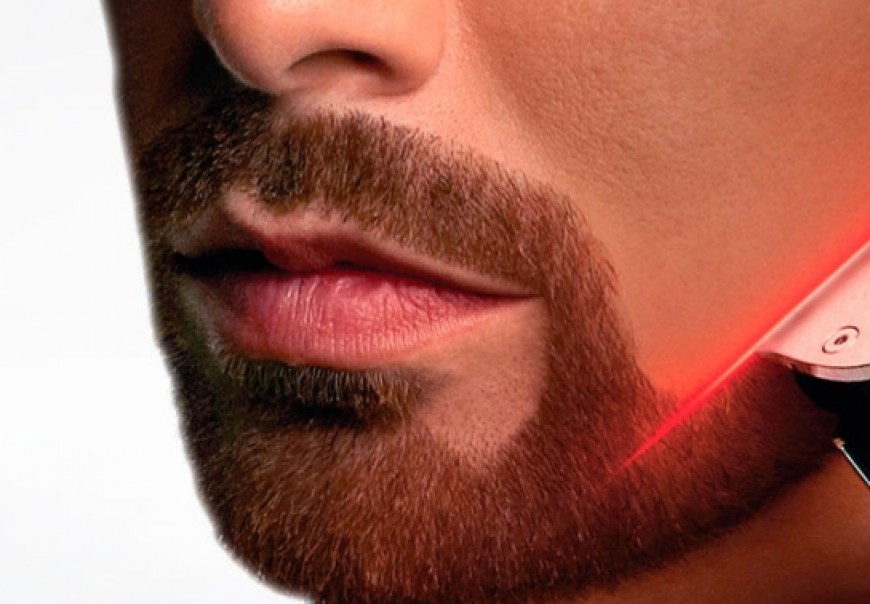Table Of Content

For example, some evidence suggests that finasteride may cause male factor infertility. While TRT itself may not directly cause hair loss, it can impact hormone levels that contribute to hair loss. Before diving into the details about testosterone and hair, it’s worth talking about male pattern hair loss—the type of hair loss most guys stress about—and what causes it. A 2014 study of 76 men with male pattern baldness showed a 40 percent increase in average scalp hair count after taking 400 milligrams of pumpkin seed oil every day for 24 weeks.
Related content

Hair transplantation is another option for more severe cases of hair loss. This involves removing hair follicles from one part of the body, typically the back of the scalp, and transplanting them to areas of thinning or balding. The transplanted hair follicles are resistant to the effects of testosterone, so they can continue to produce hair even in the presence of elevated levels of the hormone. Minoxidil is a topical medication that is applied directly to the scalp.
When to see a doctor
However, with lower levels of DHT produced, male pattern baldness may occur more slowly. High testosterone levels in male and female patients can contribute to increased production of DHT, which can accelerate hair thinning for genetically predisposed people. While that is the case, testosterone levels can still affect many aspects of the female body, including muscle mass, bone density, menstruation cycle, and sex drive.
Results
Getting regular exercise and eating a diet of whole, nutrient-dense foods can help you naturally boost T levels. This can also help you lose excess weight caused by T imbalances and get more of the nutrients you need to support T production in your body. Keeping unwanted excess hair shaved or using facial cleaners for acne may help control your symptoms. Eliminating any external source of high T levels is often the first line of treatment for high T caused by medication or steroid use. The MHRA also encouraged patients to show the patient alert card to friends and family as they “may not notice changes to their mood” themselves.
How to lower testosterone in women
This cohort study of German men investigates cross-sectional associations between a panel of liquid chromatography mass–spectrometry-measured sex hormones and hair loss. These synthetic hormones are powerful and effective when taken as prescribed, encouraging steady hair growth and filling out hairlines. Blockers keep DHT from forming, while inhibitors slow down the production rate. It may sound like a negligible detail, but this minor difference is key to knowing which solution will work best for you. Testosterone supplements are usually taken daily, sometimes twice a day, to effectively change your body’s natural functions.
The first step to treating hair loss is to determine the type of hair loss and its root cause. When you have your first appointment with board-certified dermatologist Dr. Michele Green, she will examine the treatment area and determine the treatment option that will be the most effective for you. Testosterone replacement therapy is designed to raise testosterone levels in patients with Low T, restoring normal testosterone levels, which fall in the 300-1,000 nanogram per deciliter of blood range. Some patients worry that increased levels of testosterone in the body can contribute to hair loss and male pattern baldness.
Spearmint Tea Blocks Facial Hair Growth in Women With PCOS — And It's Just 16¢ a Cup - Yahoo Life
Spearmint Tea Blocks Facial Hair Growth in Women With PCOS — And It's Just 16¢ a Cup.
Posted: Tue, 15 Aug 2023 07:00:00 GMT [source]
How stress causes hair loss - National Institutes of Health (NIH) (.gov)
How stress causes hair loss.
Posted: Tue, 13 Apr 2021 07:00:00 GMT [source]
Oddly enough, hair in different locations on the body can react differently to hormonal changes. For instance, facial hair growth can improve while other areas become bald. While testosterone is known to play a role in hair loss, having too much testosterone alone is generally not the primary cause.
Other signs of high T in people with penises can include:

However, there is no correlation between low testosterone levels and hair loss in females. Androgenetic alopecia is a type of hair loss that occurs when an increase in androgen hormones leads to increased levels of dihydrotestosterone (DHT), which binds to hair follicles and weakens them. As the hair follicles become weaker, the hair begins to thin, leading to a receding hairline and balding at the crown of the head. Any type of hair loss is distressing, but with androgenetic alopecia, the underlying cause of hair loss is genetic, meaning that it cannot be entirely prevented.
What color is your tongue? What's healthy, what's not?
Athletes and bodybuilders sometimes use anabolic steroids to improve athletic performance and build muscle mass. High testosterone levels can be a sign of an underlying health condition that increases levels of circulating testosterone on the body. It is produced in the testes in people assigned male sex at birth and in the ovaries in people assigned female sex at birth. Additionally, dehydroepiandrosterone (DHEA), a precursor to testosterone is produced in the adrenal glands. While DHT-related hair loss is common, many other things can contribute to hair loss. People experiencing increased hair loss should consider speaking with a healthcare provider, who will ask relevant questions and make a proper diagnosis.
Experts note that testosterone does not cause prostate cancer, but it can help fuel it once it appears. Reducing testosterone levels may help lower the risk of it returning or progressing. There may be a link with testosterone replacement therapy and the development of prostate cancer.
While high testosterone levels can contribute to hair loss, they are not solely responsible for the condition. Other factors, such as genetics, age, and underlying medical conditions, also play a significant role. In addition to genetic factors and hormonal imbalances, other factors such as age, stress, and underlying medical conditions can also contribute to hair loss. For example, as individuals age, their hair follicles naturally become less active and can gradually lead to thinning hair.
Though the exact links between androgen and hair growth are not known, testosterone has a significant role in stimulating the regrowth part of this process. Tired of chasing down hair growth solutions without the results you’re after? Make sure you’re using the 3 hair loss products known to work before experimenting with alternative solutions. The body produces DHT through converting another hormone, known as testosterone. The amount of DHT in the body relates to the amount of testosterone present for the body to convert.
Depending on the cause of their hair loss, they may also be referred to experts like a dermatologist, a trichologist, or an endocrinologist for treatment. Though testosterone is essential to the health and well-being of all bodies, there is limited research on its supplementation in females. Early research has shown some benefits of low dose testosterone therapy include postmenopausal care, gender affirming care, and more.
The gonads, which refers to either the testes or the ovaries, are typically responsible for producing testosterone. If you’re one of the millions of men experiencing hair loss, Rex MD has a solution for you. Whether your hairline has begun to recede, you’re thinning at the crown of your head, or you’re looking for an overall fuller head of hair, finasteride may be right for you. By paying attention to these lifestyle factors, individuals can nurture their hair from the inside out, fostering optimal hair growth and reducing the likelihood of hair loss.
Finasteride (Proscar, Propecia) and dutasteride (Avodart) are examples of FDA-approved medications that lower DHT levels. Your health care provider may further recommend an ultrasound to check your ovaries and uterus if they suspect PCOS. If a person is suspected of having an adrenal pathology, they need to be evaluated with either computerized tomography (CT) or MRI. PCOS can also lead to numerous infertility challenges, increased risk of heart disease, sleep apnea, and type 2 diabetes.

No comments:
Post a Comment